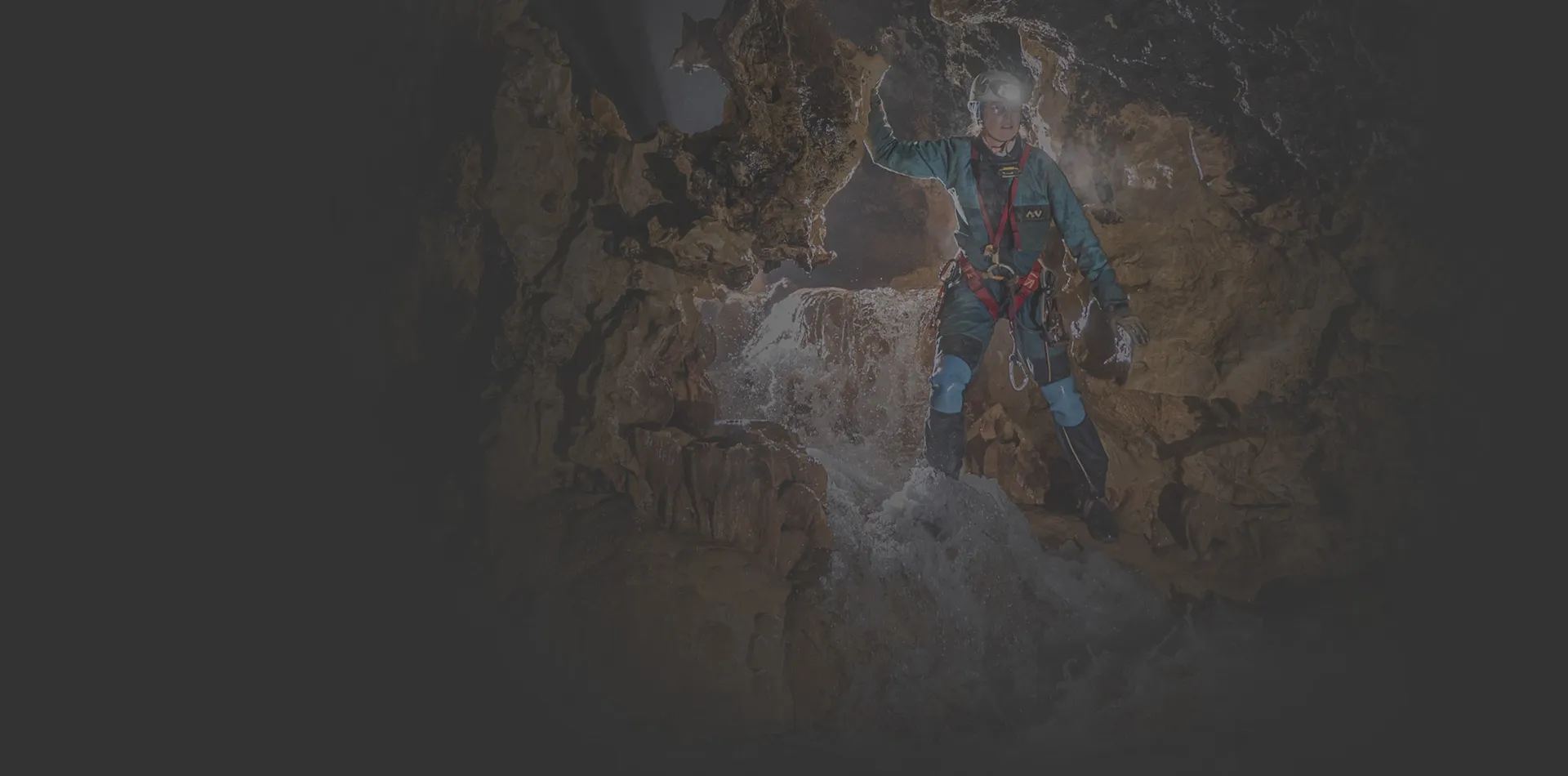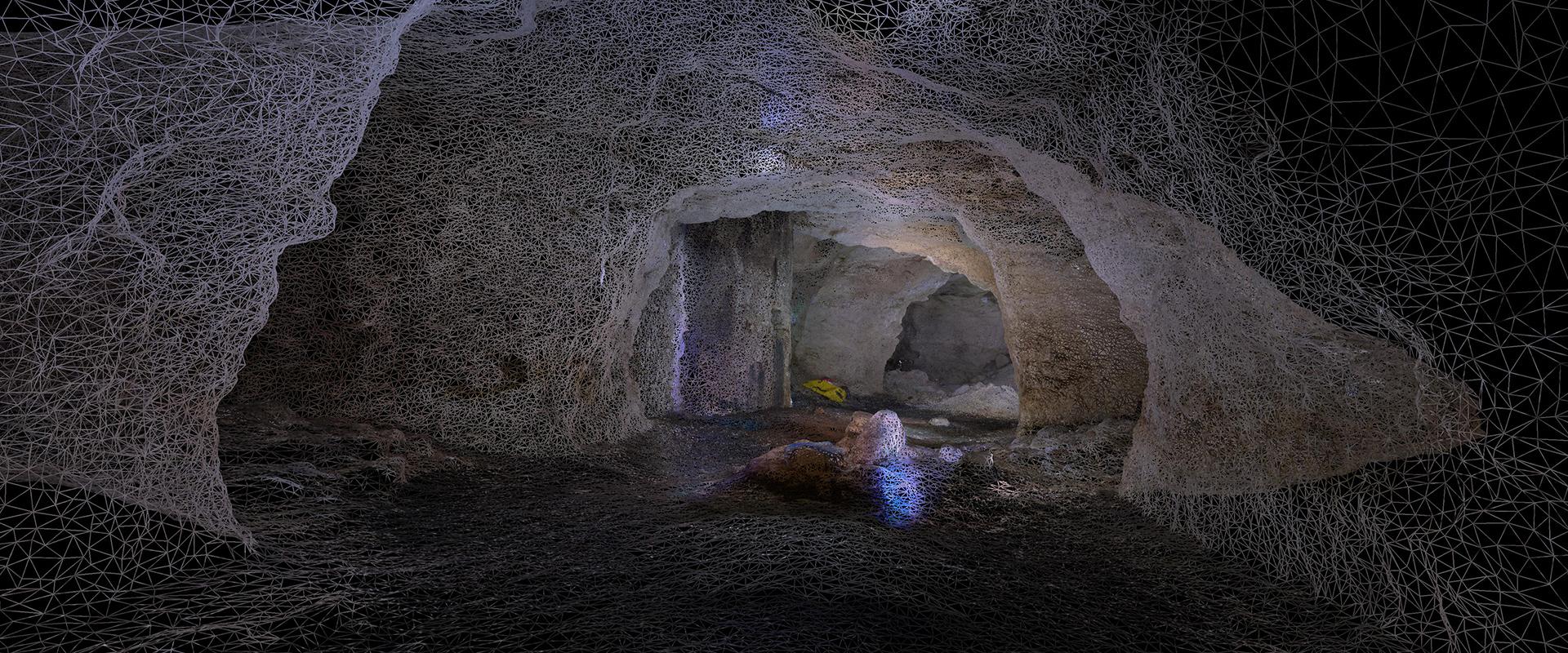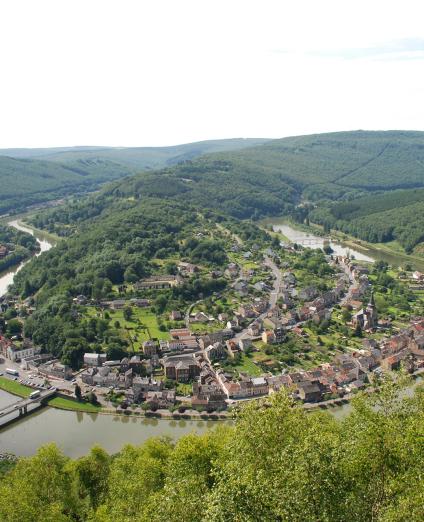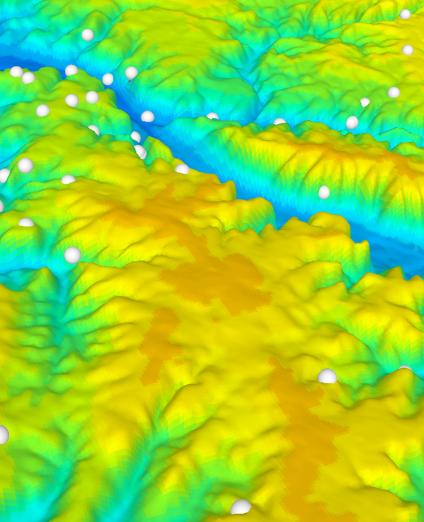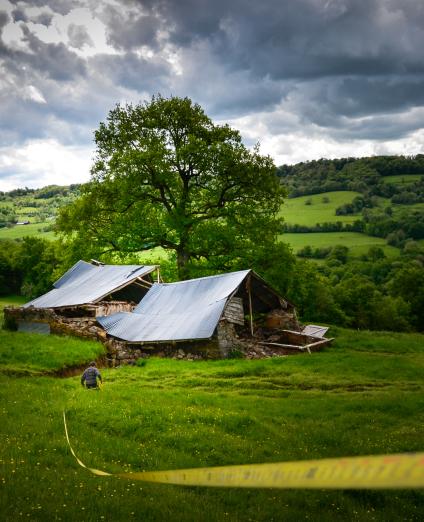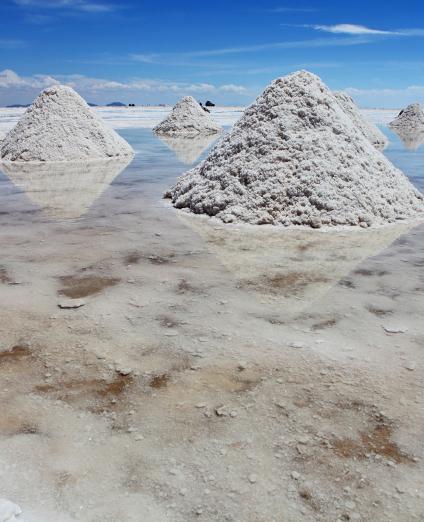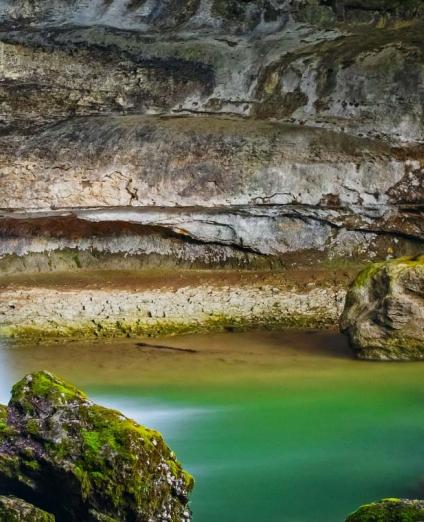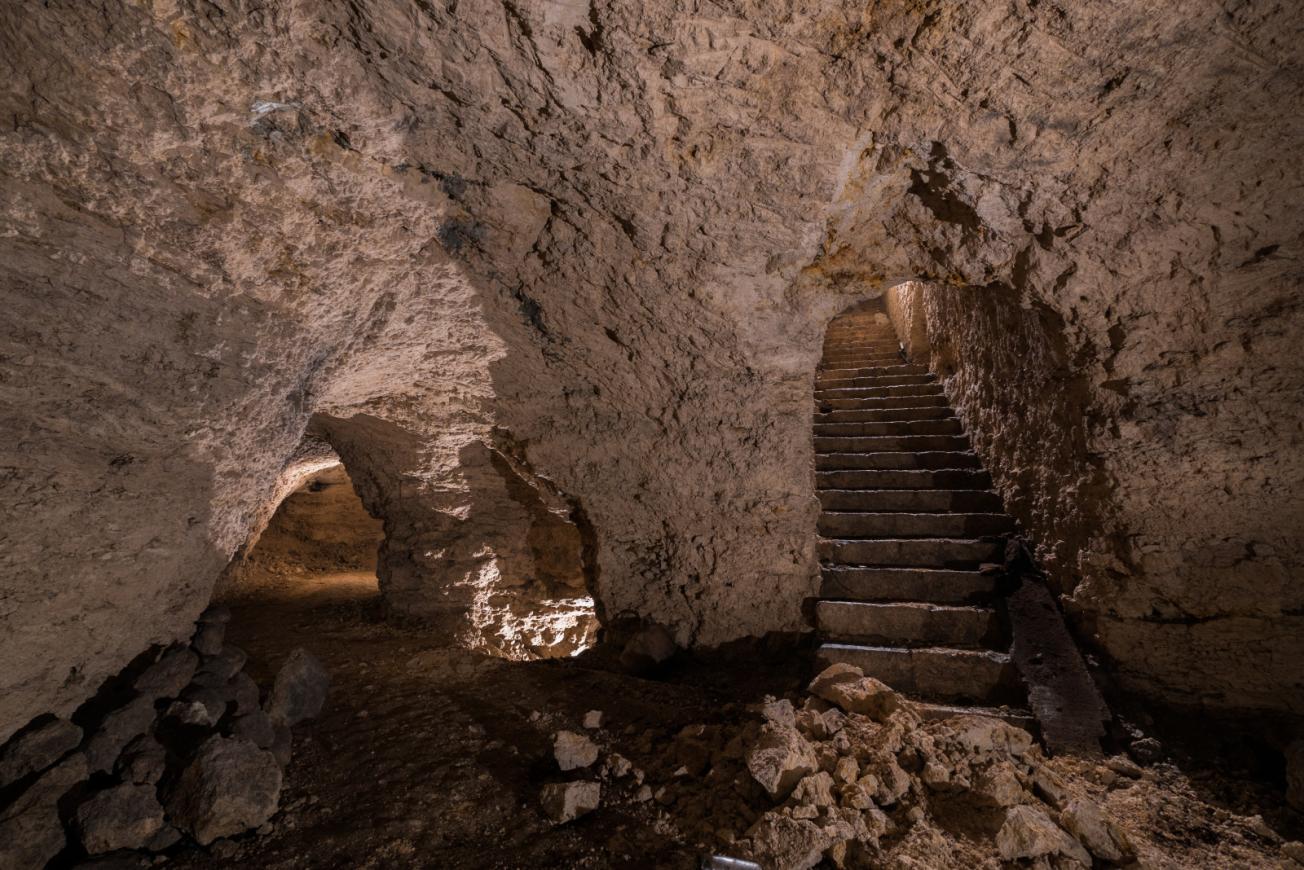
Old underground quarry under a house in the rue Malakoff in Orléans. This quarry dug into the Beauce limestone probably dates from the 19th century (Loiret, 2018).
© BRGM - Silvain Yart
Natural cavities in the Orléans area - Is the subsoil really riddled with holes?
It is not always easy to build on good foundations. In the mountains, we need to be wary of falling rocks. On the coast or near a river, we need to beware of flooding! In other areas, earthquakes or volcanoes may be a source of risk. And in the Orléans region, we also need to look at the ground beneath our feet. Over time, the karst-forming bedrock has been altered by water and is now full of cavities. Fortunately, the subsoil is not riddled with (too) many holes. And by taking a few precautions and relying on local memories, problems can be avoided or at least reduced.
The lecture will start off with a brief geological description of the region, and then explain why the area’s geomorphology presents geohazards, while also providing resources. It will round off with an overview of the various methods available for managing risks and protecting resources. The lecture draws on the geological knowledge gathered through the PERCIVAL research project, which was co-financed by the Centre-Val de Loire region and managed by BRGM and the University of Tours CITERES laboratory, in collaboration with other partners.
A lecture by Gildas Noury, research engineer specialising in natural risks and geotechnics at BRGM
Practical information
Friday 25 February 2022 - 9am to 5pm
L'Alliage, 1 rue Michel Roques, 45160 Olivet, France
Free admission
Health pass required
